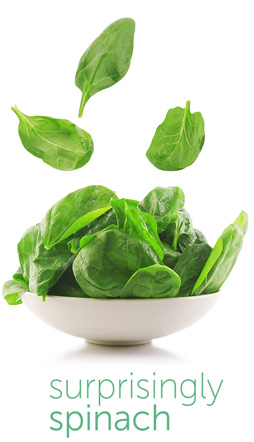almonds – A close relative of the plum and peach, almonds are rich in vitamin E and a good source of fiber, magnesium and protein. Monounsaturated fat, the “good” fat that helps reduce cholesterol, is also found in almonds. Roasting them before adding to casseroles or salads brings out their nutty flavor. For variety, try almond butter instead of peanut butter.
cashews – Rich, sweet and buttery, cashews are a good source of copper, iron, magnesium and protein. Use for snacking, add to salads or combine with chicken in stir fries. They are commonly found in many North African and Asian dishes.
peanuts – The peanut is actually a legume, not a nut. Asia and Africa provide 90% of the world’s production. About half of the U.S. peanut crop is used to make peanut butter. Peanuts are a good source of fiber, folic acid and protein. Use peanuts in stir-fries, lettuce wraps or add to salads. Don’t forget granola and peanut brittle.
pecans – These buttery-rich, sweet nuts are popular in pies, cakes and other desserts. Their high oil content requires pecans to be used quickly. Refrigerate in an airtight container up to three months or freeze up to six months. They’re a good source of copper and fiber.
pine nuts – From the cones of a pine tree variety, these seeds can be tossed in pasta dishes or salads. The classic foundation to Italian pestos, they are also used to top sautéed vegetables including spinach. In some recipes pine nuts are referred to as “pignoli,” their Italian name.
walnuts – One of the most widely available nuts, walnuts are used in dishes around the world. They’re great in everything from trail mix to fruit salads to muffins. This nutritious nut boasts the benefits of omega-3 fatty acids, making it the healthiest nut. Health benefits are reported to include an increase in cognitive function, anti-inflammatory benefits and heart protection. For extra flavor, toast them before adding to any recipe.




 And Other Power Foods >
And Other Power Foods >